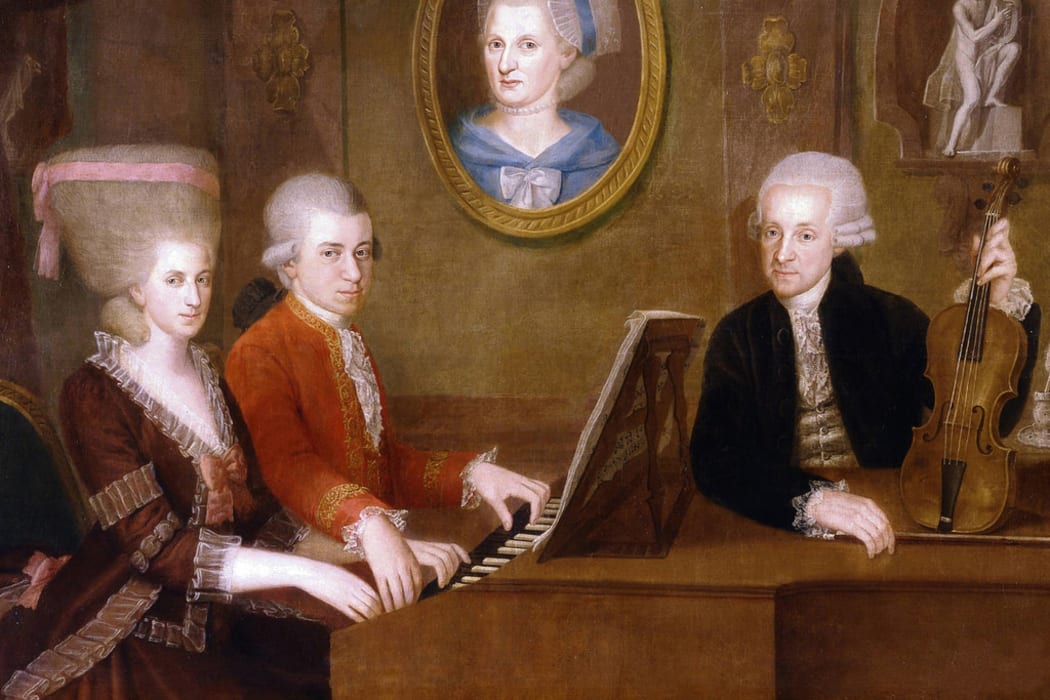Thomas Goss reveals that deep in the DNA of Mozart's greatest works is a sense of emotion and conflict that comes directly from J.S. Bach.

The Mozart Family Photo: Public Domain
The young Mozart's education in counterpoint evolved in stages, starting with some innocent, spontaneous emulation of the art at an early age. His father Leopold was certainly no contrapuntal pedagogue, but he couldn’t avoid imparting some basic principles in the early training of a child superstar.
Wolfgang Mozart probably developed some initial instincts as a cunning improvisor, which allowed him to work out what needed to be done spontaneously, if not with any great depth.
His first efforts were very much modelled on J.C. Bach. It was only natural that the two Germanic composers, both so influenced by the Italian style, should form an instant bond upon meeting, which they did when the Mozart family’s first Grand Tour took them to London in 1765. The eight-year-old musician sat in the lap of his 29-year-old role model at the keyboard, one picking up the thread of the other’s musical thought so seamlessly that observers were unable to tell who was playing without seeing their hands.
Around this time, Mozart undertook his first notable efforts at composition. The so-called 'London Sketchbook' was begun when Papa Leopold’s illness forbade any practicing at the keyboard. It was the equivalent of doodling in a colouring book, an activity which could divert the restless Mozart, keeping him quiet and relatively out of trouble.
This creative act, though certainly prodigious for any child, would be natural for Mozart, who was used to performing little made-to-order pieces on request. But this was his first opportunity to write a great deal of them down, strictly upon his own impulse. We can observe the beginnings of fugal treatments of themes, and a passing familiarity with the basics of counterpoint.

